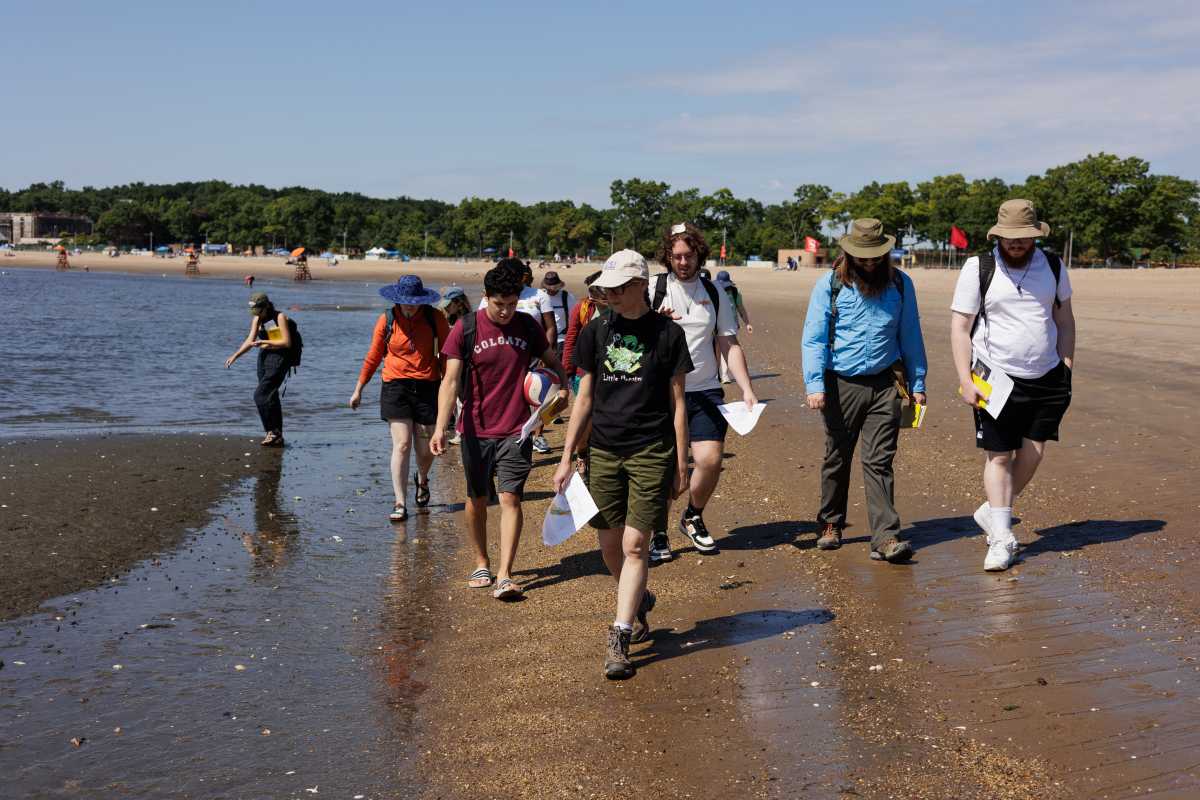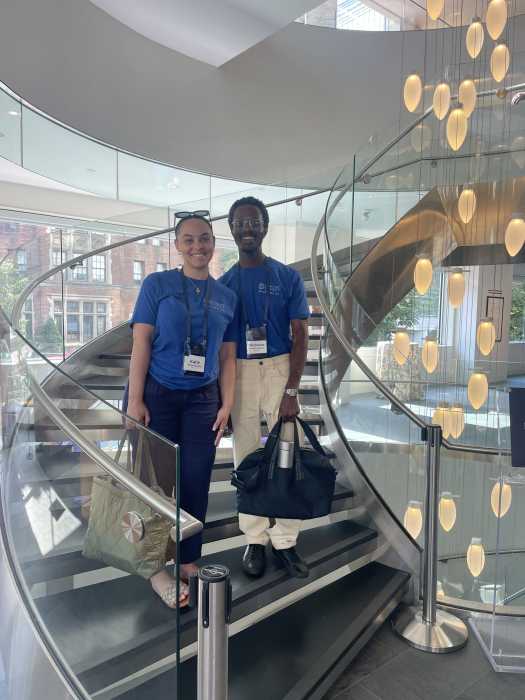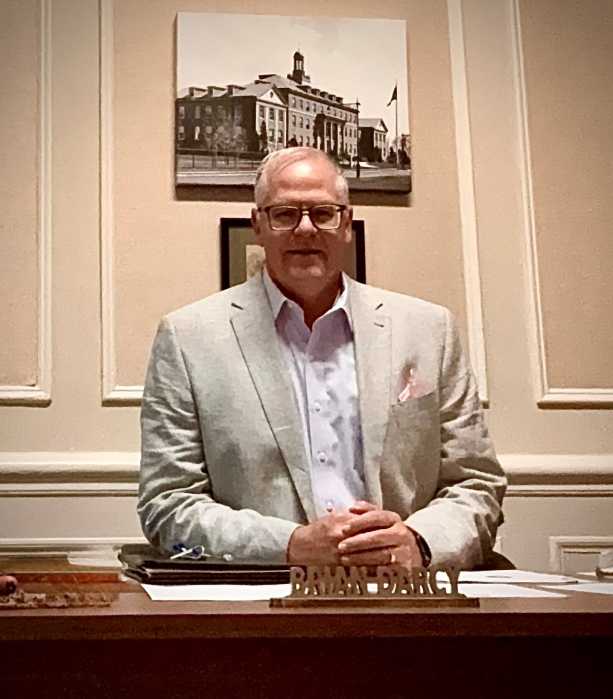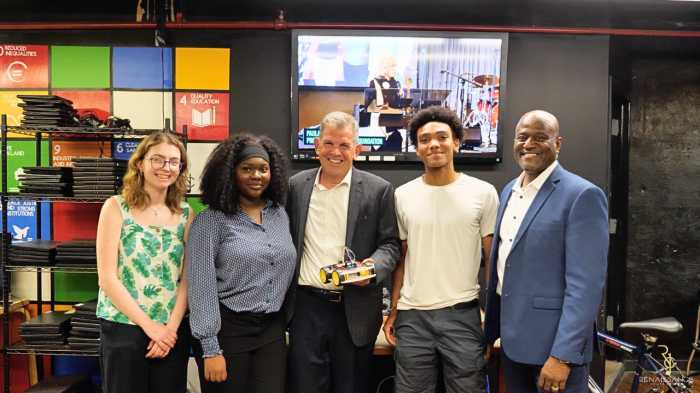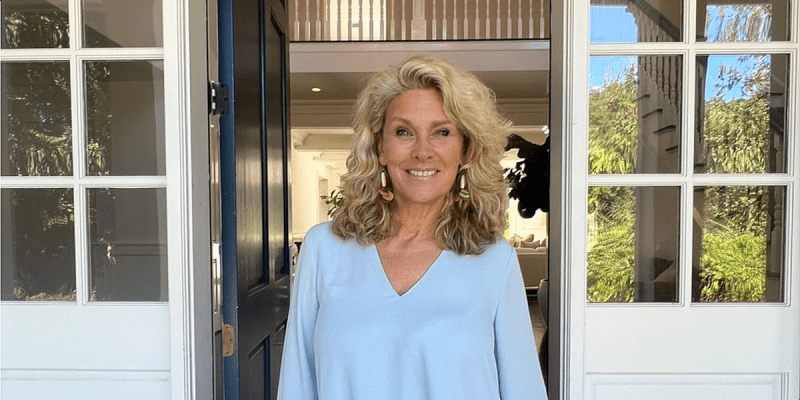More than a dozen aspiring earth science teachers—who are being trained as part of the American Museum of Natural History’s Master of Arts in Teaching Earth Science Residency program—got a hands-on geology lesson at Orchard Beach on Monday, Aug. 12.
These future educators explored the waterfront in an effort to better understand its unique geological features through the lens of Earth Science. They explored and investigated the beach’s rocky coastline and the mineral composites found in its sand. The students also examined rock formations dating back to the beginning of the Atlantic Ocean and discovered vital ecological connections between the Bronx and Twin Islands, one of the last remaining salt marshes in New York City.
The students also collected research samples for future use in their classrooms.
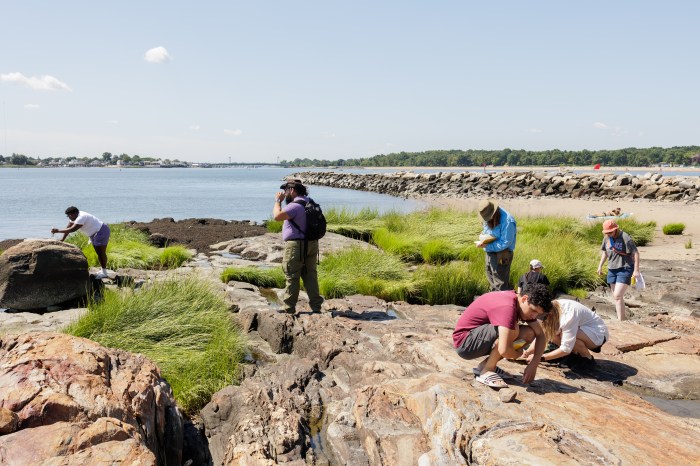
The Earth Science Residency program is currently in its 12th year. Students will graduate later this month before going on to teach in public schools in the fall. The program is funded by the federal Department of Education, allowing students to teach anywhere in the country following graduation. While most end up teaching Earth Science, some have also taught other subjects, including chemistry, physics, and biology.
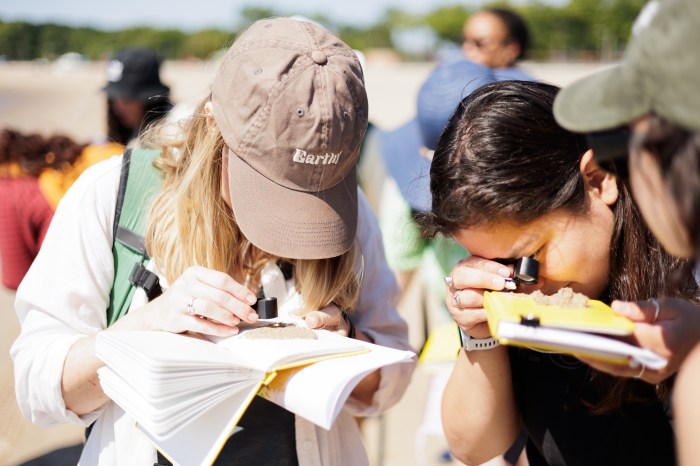
This year’s trip was led by Denton Ebel, the curator of the Department of Earth and Planetary Sciences at the Museum of Natural History, and Samantha Tramontano, a museum Postdoctoral Fellow.
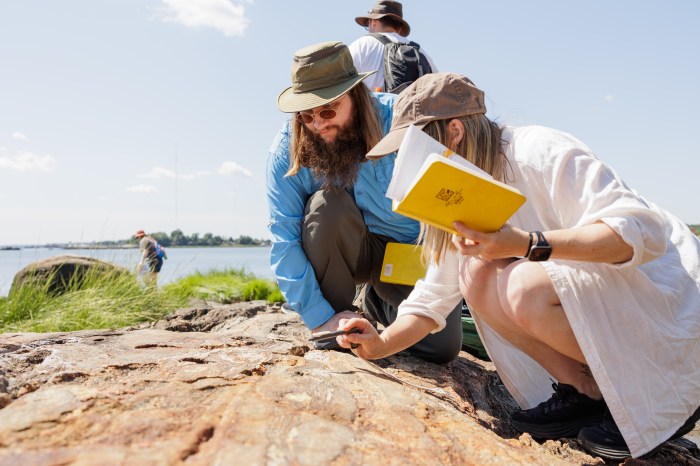
Ebel pointed out that the students already have a vast knowledge of Earth Science. They come to the program to learn more about how to teach and pass that knowledge on to their future students.
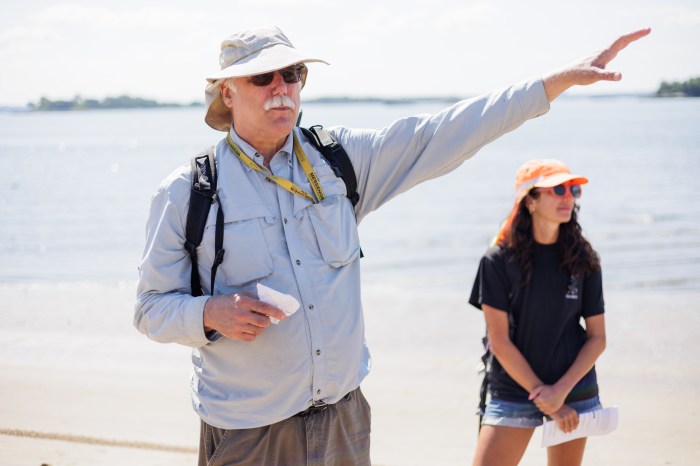
“When they come out, they have a strong background in how science is taught, what we know, how we know it, and what we don’t know, which is just as important because, of course, it’s the next generation that’s going learn more than we know today,” Ebel said.
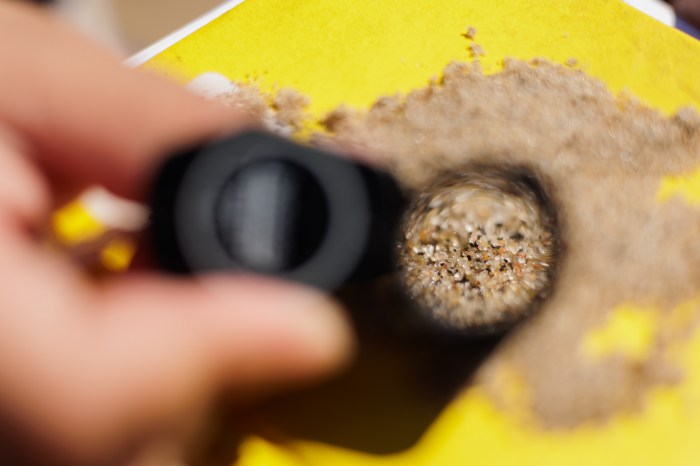
Ebel also discussed how Orchard Beach came to be. It formed after an ocean that no longer exists closed. This first led to mountains forming before they eroded over time and turned into what is now Orchard Beach.
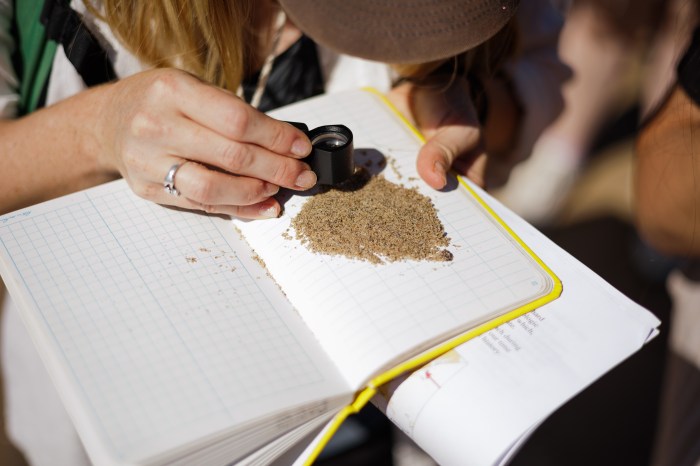
“What’s really special about Orchard Beach is that it records a lot of geological history,” Ebel said, although noting that the sand was shipped into the area in recent decades. “This sand was not born here, it was brought here by Robert Moses’ people back in the day, but parts of it at the other end are very rocky and those rocks record collisional events way back 450 million years ago.”
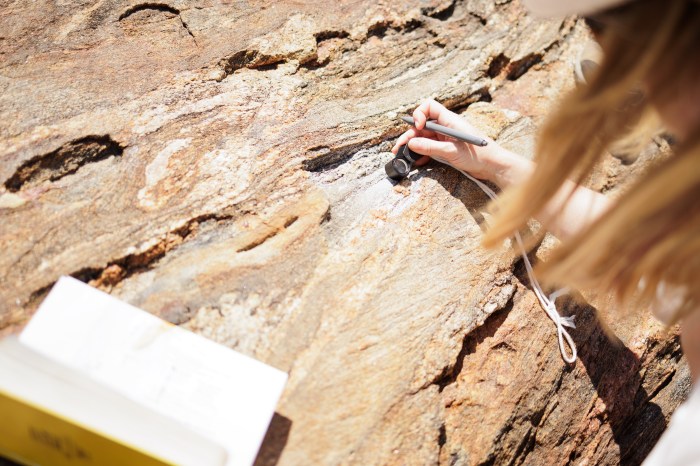
“The goal here is to get a sense of how do you observe and how do you turn observations into interpretations,” Ebel continued. “Some of these geologically important places are just great teaching labs.”
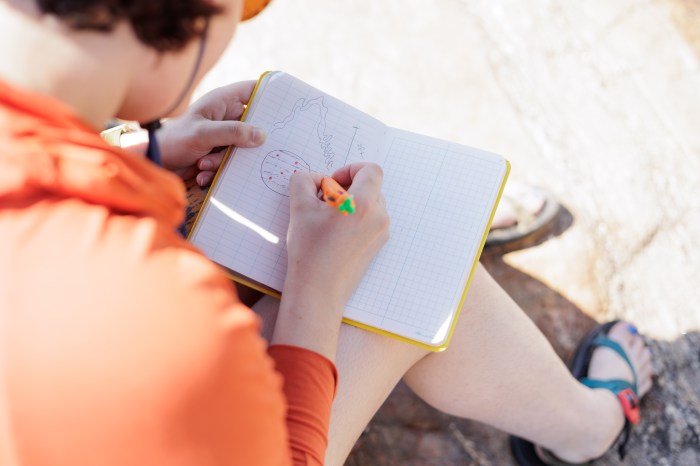
According to Tramontano, most students will end up in middle school or high school science classrooms in New York City. Since the program began in 2012, it has produced 170 Earth Science teachers.
This Orchard Beach field trip is just one of at least eight each summer that provides the students with valuable insight.

“This is my favorite field trip of the year,” Tramontano said. “Orchard Beach, as you walk north towards the Twin Islands, has a wealth of textures and colors, in the rocks themselves and then the shapes of the rocks and the outcrops—so impacted by old mountain building events half a billion years ago and then the most recent Ice Age.”
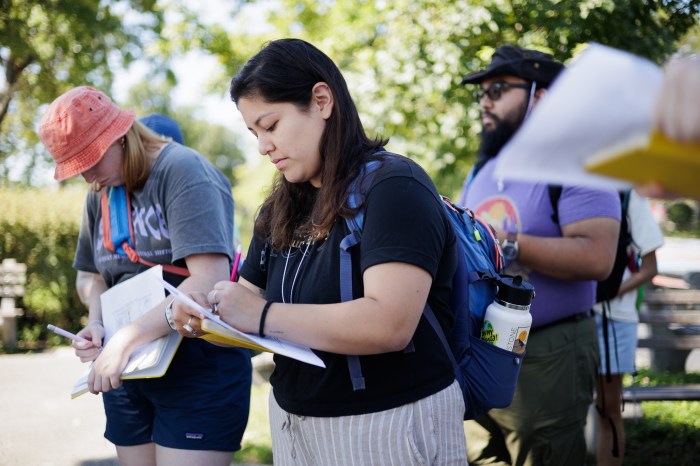
For student Henry Jones, this trip put into perspective the wonders that Earth Science has to offer. He noted that trips like this would also be very helpful in teaching and encouraging children about science.
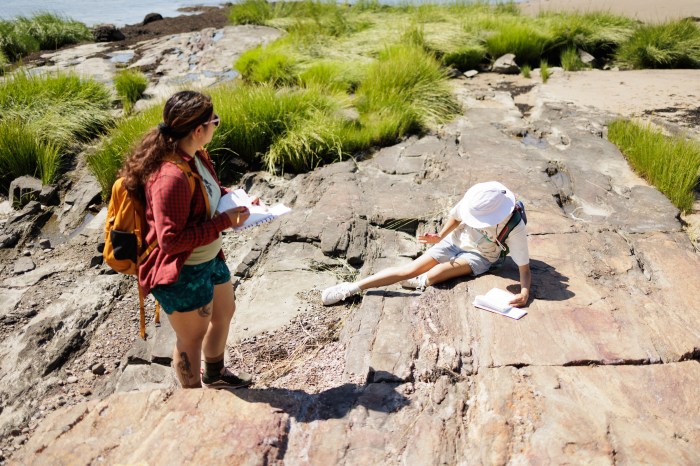
“I think that for Earth Science teachers and anyone who’s teaching physical sciences, getting students out into the field is a huge part of it. I remember from elementary school and middle school, any time that I got outside of the classroom, those are the times that I remember the most,” Jones said. “When you actually see it in real life, it really makes it more permanent for those students.”

